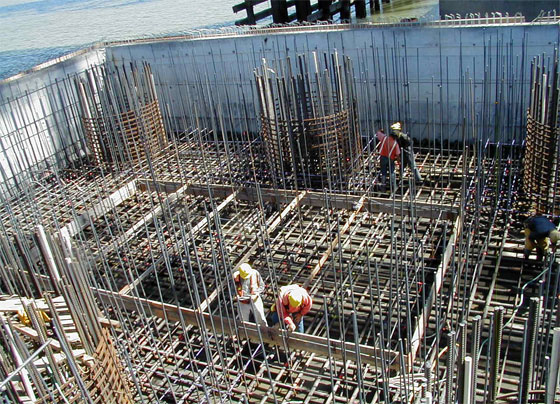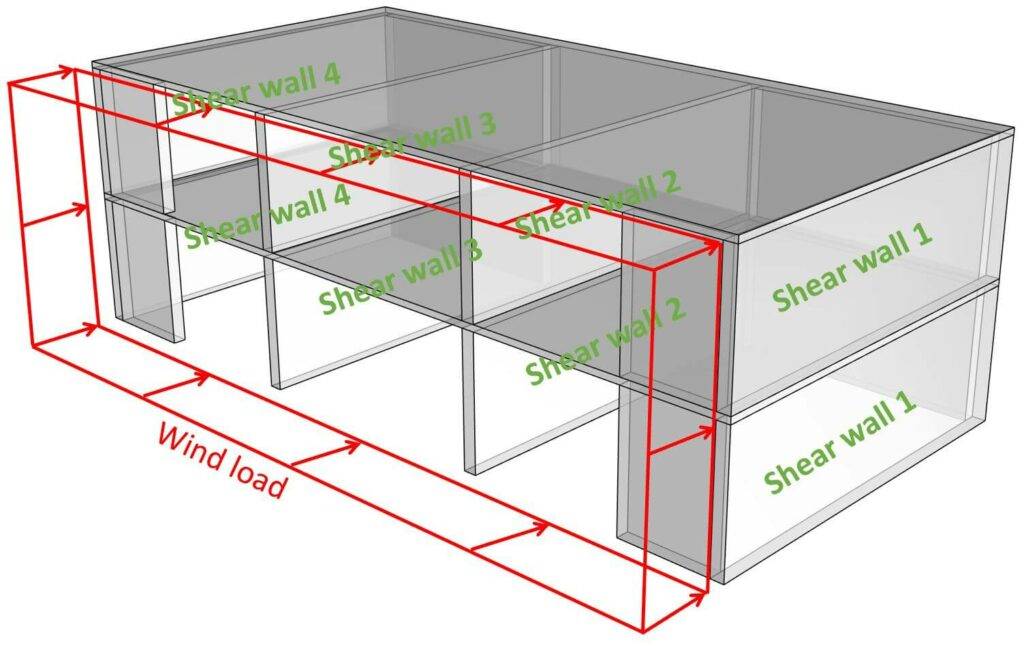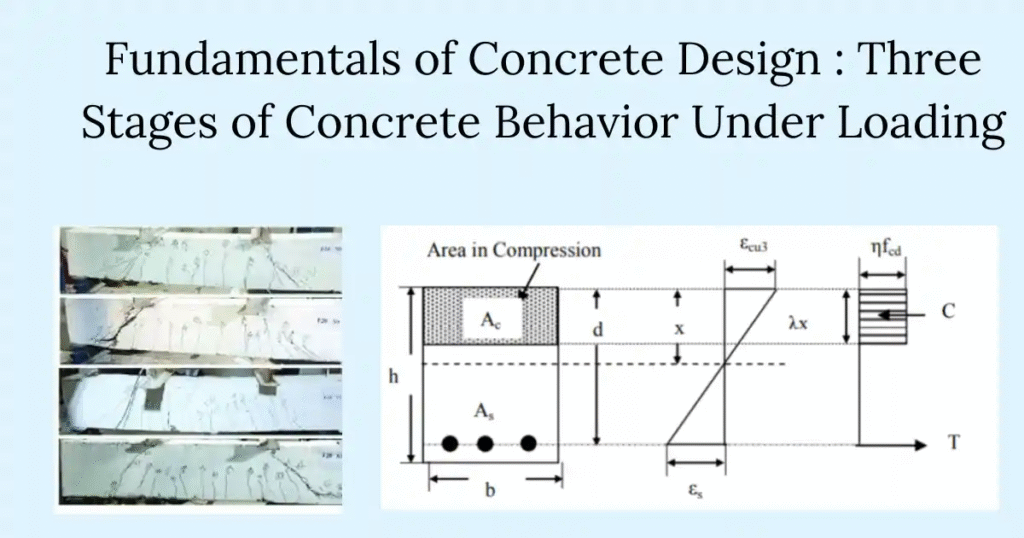Concrete is one of the most widely used construction materials in the world. Its versatility, durability, and strength have made it the backbone of modern infrastructure, from sidewalks and buildings to bridges and dams. Understanding the fundamentals of concrete is essential for anyone involved in construction, engineering, or DIY projects. This comprehensive guide will walk you through the basics of concrete, its components, mixing processes, curing methods, and best practices to ensure a high-quality finished product.
Table of Contents
- Introduction to Concrete
- Components of Concrete
- Types of Concrete
- How Concrete Works
- The Concrete Mixing Process
- Placing and Finishing Concrete
- Curing Concrete
- Common Problems and Solutions in Concrete Work
- Environmental Considerations
- Innovations in Concrete Technology
- Conclusion
1. Introduction to Concrete
Concrete is a composite material composed primarily of aggregate (gravel, crushed stone, or sand), cement, and water. When these materials are combined, the cement reacts chemically with the water, a process called hydration, which binds the aggregates together to form a solid mass.

Concrete’s popularity stems from its strength, durability, affordability, and fire resistance. It can be molded into almost any shape, making it suitable for a wide variety of construction projects.
2. Components of Concrete
Understanding the components of concrete is fundamental to mastering its use.
Cement
Cement acts as the binder in concrete. The most common type is Portland cement, made by heating limestone and clay to form clinker, which is then ground into a fine powder. When mixed with water, cement hydrates and hardens, binding the aggregate.

Aggregates
Aggregates provide bulk and strength to concrete. They are divided into:
- Fine Aggregates: Usually sand, which fills the gaps between larger aggregates.
- Coarse Aggregates: Gravel or crushed stone, providing structural integrity.
The size and quality of aggregates affect the concrete’s strength and workability.
Water
Water initiates the hydration process. The water-to-cement ratio is crucial because too much water weakens the concrete, while too little water makes it difficult to mix and place.

Admixtures (Optional)
Admixtures are chemicals added to concrete to modify its properties, such as:
- Accelerators to speed up curing
- Retarders to slow curing
- Plasticizers to improve workability without adding water
- Air-entraining agents to increase resistance to freeze-thaw cycles
3. Types of Concrete
Concrete can be classified based on its composition, strength, and use.
Normal Strength Concrete
Used in everyday construction, typically with a compressive strength between 20 and 40 MPa.
High-Strength Concrete
Designed for higher compressive strength, often above 40 MPa, used in high-rise buildings and infrastructure.
Lightweight Concrete
Made with lightweight aggregates to reduce density, used for insulation or where weight is a concern.
Decorative Concrete
Includes stamped, stained, or exposed aggregate concrete, used for aesthetic purposes.
Specialty Concrete
Includes fiber-reinforced, self-compacting, or high-performance concrete tailored for specific applications.
4. How Concrete Works
Concrete gains strength through hydration, a chemical reaction between cement and water. This process forms calcium silicate hydrate (CSH), which binds the aggregates together.
The curing process is critical because it affects the rate and quality of hydration. Proper curing ensures that concrete achieves its designed strength and durability.
5. The Concrete Mixing Process
Mixing concrete correctly is vital to achieving strong and durable results.
Step 1: Measuring Materials
Accurate measurement of cement, aggregates, water, and admixtures is essential. Proportions depend on the mix design requirements.
Step 2: Mixing
Concrete can be mixed by hand for small projects or using mechanical mixers for large batches.
- Hand Mixing: Combine dry materials first, then add water gradually while mixing thoroughly.
- Mechanical Mixing: Use a concrete mixer, adding materials in a specific sequence to ensure uniformity.
Step 3: Testing Consistency
The slump test is commonly used to check the workability of concrete. It measures how much the concrete slumps or settles after being poured into a cone-shaped mold.
6. Placing and Finishing Concrete
Placing
Concrete should be placed as soon as possible after mixing to prevent setting. When pouring, avoid dropping concrete from a great height to prevent segregation.
Consolidating
Use vibrators or tamping tools to remove air bubbles and ensure the concrete fills the mold completely.
Finishing
Finishing involves leveling and smoothing the surface using tools like screeds, floats, and trowels. The finish depends on the desired texture and use of the concrete.
- Broom Finish: Creates a non-slip surface for sidewalks.
- Trowel Finish: Smooth and polished, used for floors.
- Stamped Finish: Decorative patterns added before curing.
7. Curing Concrete
Curing maintains moisture and temperature to allow proper hydration.
Methods of Curing
- Water Curing: Continuous wetting or ponding.
- Covering with Wet Burlap or Plastic Sheets: Retains moisture.
- Curing Compounds: Chemical sprays that seal moisture in.
Curing time varies but typically lasts 7 to 28 days depending on the application and environment.
8. Common Problems and Solutions in Concrete Work
Cracking
Caused by shrinkage, thermal changes, or structural loads. Solutions include proper curing, control joints, and reinforcement.
Segregation
Occurs when aggregates separate from the mix, leading to weak spots. Avoid by proper mixing and careful placement.
Honeycombing
Voids or gaps in concrete due to poor consolidation. Prevent by adequate vibration and proper mix design.
Scaling and Spalling
Surface damage caused by freeze-thaw cycles or deicing chemicals. Use air-entrained concrete and sealants.
9. Environmental Considerations
Concrete production is energy-intensive and contributes to CO2 emissions. Sustainable practices include:
- Using supplementary cementitious materials like fly ash or slag.
- Recycling concrete aggregates.
- Designing for longer service life to reduce replacement frequency.
- Developing low-carbon cements and concrete mixes.
10. Innovations in Concrete Technology
Advancements are pushing the boundaries of what concrete can do:
- Self-Healing Concrete: Contains bacteria or capsules that repair cracks automatically.
- Ultra-High Performance Concrete (UHPC): Extremely strong and durable.
- 3D Printed Concrete: Enables complex shapes and faster construction.
- Green Concrete: Uses waste materials and reduces carbon footprint.
11. Conclusion
Concrete is a cornerstone of modern construction, combining simplicity and complexity in its use. By understanding its components, mixing, placing, curing, and potential problems, you can ensure durable, strong, and efficient concrete applications. With ongoing innovations and sustainable practices, concrete will continue to play a vital role in shaping the built environment for years to come.
This guide has provided a detailed overview of concrete fundamentals, equipping you with the knowledge to approach concrete projects confidently, whether you are a professional or an enthusiast. For further reading, consider diving into specialized topics like concrete design codes, advanced mix designs, and structural applications. Happy building!